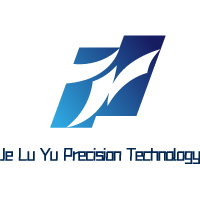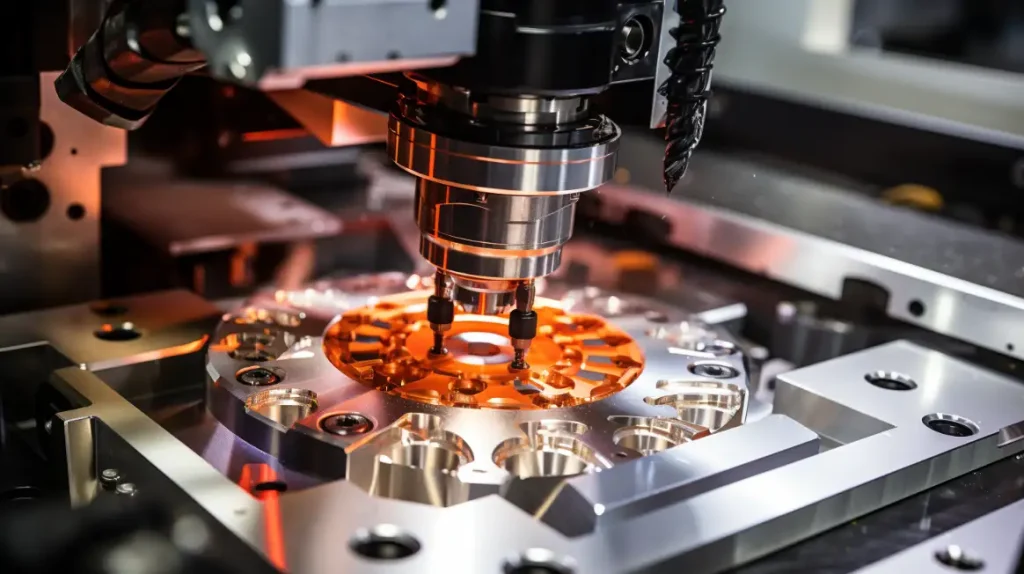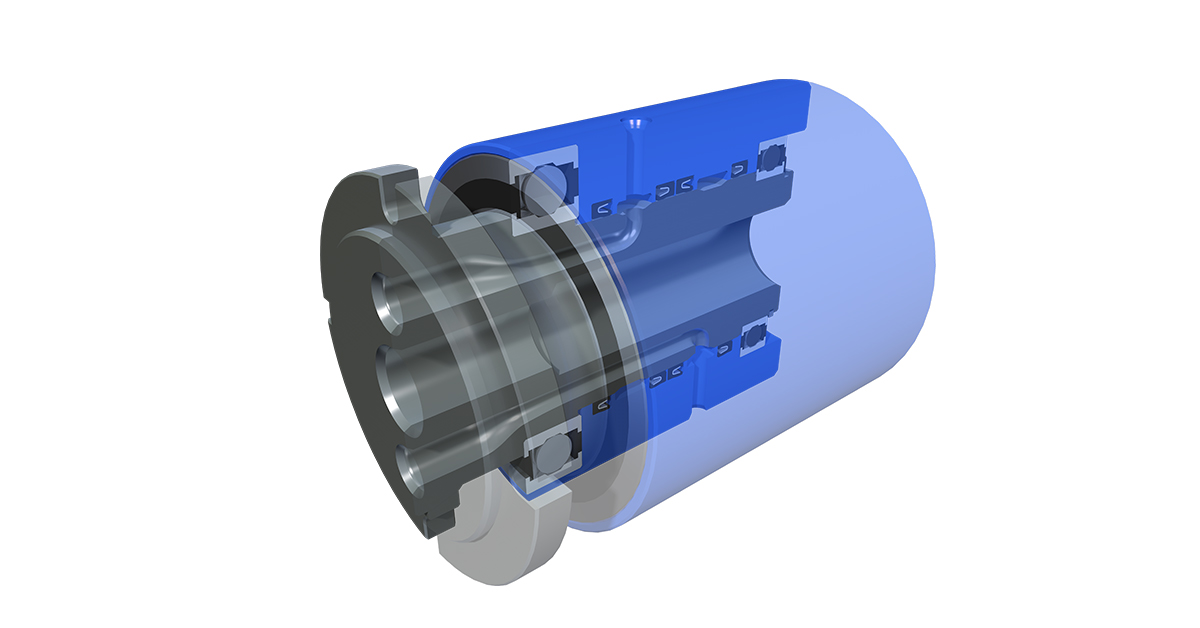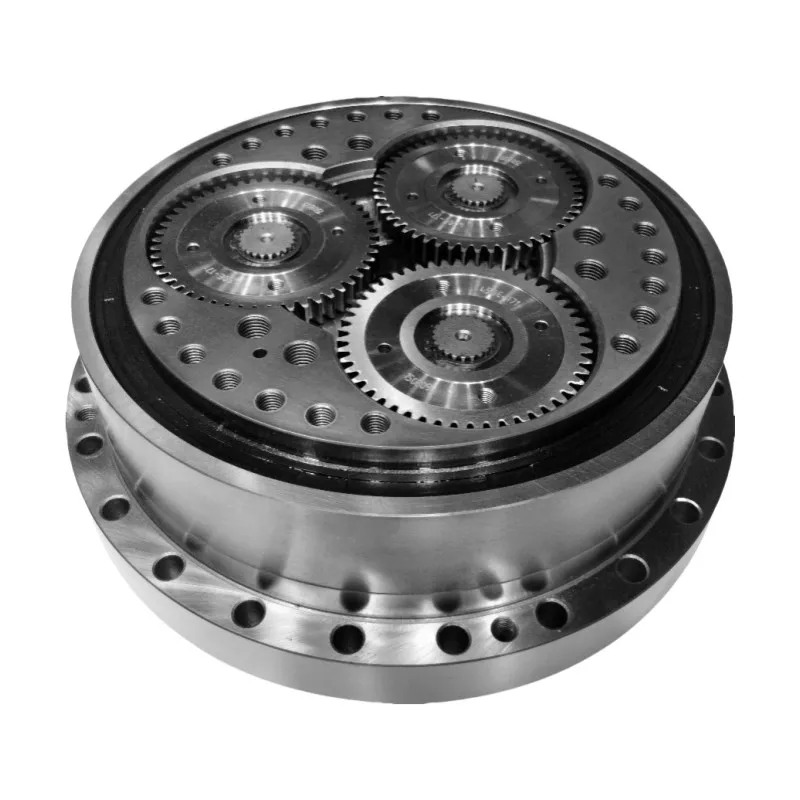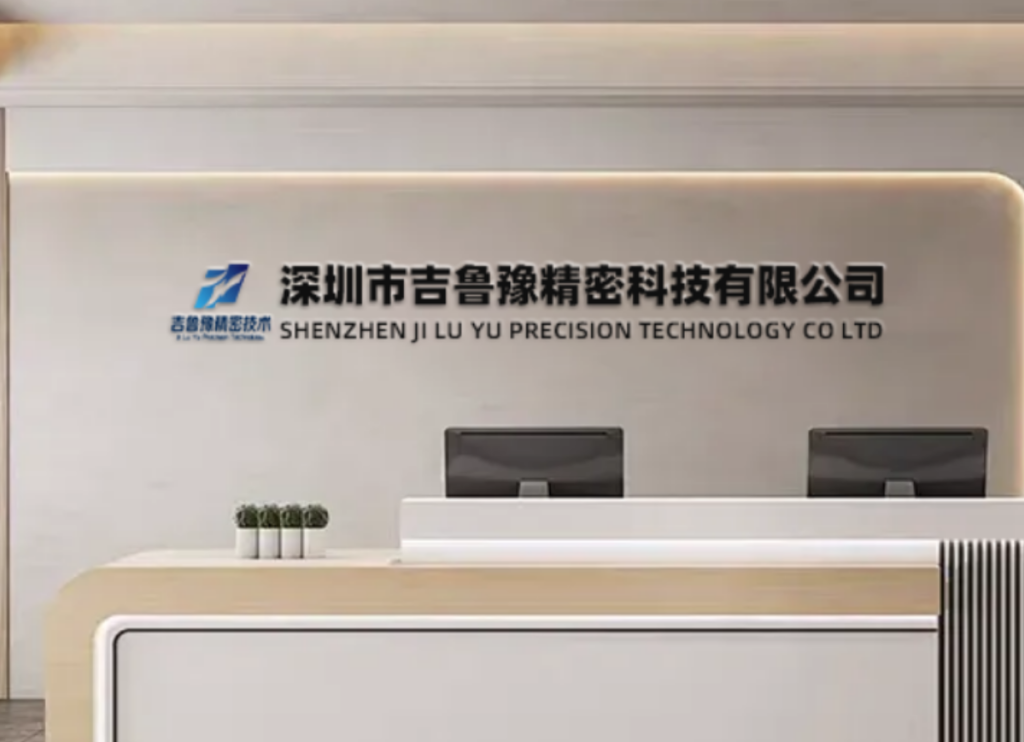Empowering Innovation: The Transformative Potential of On-Demand Manufacturing for Engineers and Designers
The product development landscape is undergoing a profound transformation, moving away from traditional mass production models toward more agile, responsive manufacturing approaches. On-demand manufacturing for engineers and designers represents this fundamental shift, offering unprecedented flexibility in creating physical parts directly from digital designs. At JLYPT, we have positioned ourselves at the forefront of this manufacturing evolution, providing comprehensive on-demand manufacturing for engineers and designers that bridges the gap between conceptual design and functional physical parts through advanced CNC technologies and streamlined workflows.
This in-depth analysis explores the technical capabilities, operational methodologies, and strategic advantages of modern on-demand manufacturing for engineers and designers. We examine how the integration of digital manufacturing platforms, advanced CNC technologies, and professional expertise enables engineering and design professionals to accelerate innovation, reduce development risks, and respond dynamically to evolving project requirements.
The Paradigm Shift in Manufacturing
Traditional manufacturing approaches often present significant barriers for engineers and designers, including high minimum order quantities, lengthy lead times, and substantial upfront tooling investments. On-demand manufacturing for engineers and designers eliminates these constraints through several fundamental advantages:
Accelerated Development Timelines
The implementation of on-demand manufacturing for engineers and designers dramatically compresses product development cycles:
-
Digital Workflow Integration: Direct translation of CAD models to machine instructions eliminates traditional translation errors and reduces processing time
-
Instant Quoting Capabilities: AI-powered quoting systems provide immediate cost analysis based on CAD model geometry, materials, and machining requirements
-
Elimination of Tooling Requirements: CNC machining directly from digital designs removes weeks or months typically required for mold and fixture development
-
Concurrent Engineering Support: Parallel processing of design iterations enables simultaneous evaluation of multiple design approaches
Economic Advantages Across the Product Lifecycle
On-demand manufacturing for engineers and designers provides significant economic benefits beyond simple per-part costs:
-
Reduced Capital Investment: Elimination of dedicated tooling and fixtures dramatically lowers upfront project costs
-
Inventory Optimization: Just-in-time production minimizes warehouse requirements and inventory carrying costs
-
Risk Mitigation: Physical validation of designs before production commitment prevents costly tooling modifications and production-line changes
-
Iterative Design Affordability: Cost-effective production of multiple design variations enables comprehensive optimization before finalizing designs
Advanced CNC Technologies for On-Demand Production
The foundation of effective on-demand manufacturing for engineers and designers lies in sophisticated CNC capabilities that provide both precision and flexibility:
Multi-Axis Machining Capabilities
Modern CNC technologies offer increasingly sophisticated approaches to complex geometry manufacturing:
-
5-Axis Simultaneous Machining: Complex 3D contouring with continuous toolpath optimization for intricate organic shapes and compound surfaces
-
3+2 Axis Machining: Efficient processing of multiple part orientations in single setups, reducing handling and accelerating turnaround for less complex geometries
-
Mill-Turn Integration: Combined milling and turning operations for complex rotational parts with off-axis features in single setups
-
High-Speed Machining: Advanced spindle technology exceeding 30,000 RPM with optimized toolpaths for superior surface finishes and reduced cycle times
Precision and Tolerance Capabilities
Professional on-demand manufacturing for engineers and designers maintains rigorous precision standards across various manufacturing processes:
| Manufacturing Process | Standard Tolerance | Precision Tolerance | Application Considerations |
|---|---|---|---|
| 3-Axis CNC Milling | ±0.005 inches (±0.13 mm) | ±0.001 inches (±0.025 mm) | Ideal for prismatic parts with primarily 2.5D geometry |
| 5-Axis CNC Milling | ±0.008 inches (±0.20 mm) | ±0.002 inches (±0.05 mm) | Suitable for complex contours and organic shapes |
| CNC Turning | ±0.005 inches (±0.13 mm) | ±0.0005 inches (±0.0127 mm) | Optimal for rotational symmetry and cylindrical features |
| Micro-Machining | ±0.001 inches (±0.025 mm) | ±0.0002 inches (±0.005 mm) | Essential for small features and miniature components |
Material Selection for On-Demand Applications
The versatility of on-demand manufacturing for engineers and designers extends to comprehensive material options suitable for various applications:
Metallic Materials
-
Aluminum Alloys (6061-T6, 7075-T6): Excellent strength-to-weight ratios with good machinability for functional prototypes and end-use parts
-
Stainless Steels (304, 316, 17-4PH): Corrosion resistance and mechanical properties suitable for demanding applications across medical, aerospace, and industrial sectors
-
Titanium Alloys (Ti-6Al-4V): High strength-to-weight ratio and exceptional corrosion resistance for aerospace, medical, and performance applications
-
Engineering Alloys (4130, 4140, 4340): Enhanced mechanical properties for high-stress applications in automotive, aerospace, and defense industries
Engineering Plastics
-
PEEK: Superior thermal and chemical resistance for demanding environmental conditions and high-temperature applications
-
Delrin (POM): Low friction and excellent dimensional stability for precision mechanical components and wear applications
-
Nylon: Good mechanical properties and wear resistance for functional prototypes and production components
-
Polycarbonate: High impact strength and transparency for visual prototypes, enclosures, and optical applications
Digital Manufacturing Integration
The operational efficiency of modern on-demand manufacturing for engineers and designers relies heavily on sophisticated digital integration:
Automated Workflow Systems
Streamlined digital processes form the backbone of responsive manufacturing services:
-
Instant Quoting Engines: AI-powered systems that analyze CAD geometry to provide immediate pricing based on material selection, machining time, and secondary operations
-
Design for Manufacturability (DFM) Analysis: Automated identification of potential manufacturing issues with specific recommendations for design optimization
-
Secure Data Management: Protected transfer and storage of design files with controlled access throughout the manufacturing process
-
Real-Time Production Monitoring: Transparent tracking systems that provide visibility into production status and anticipated completion dates
Technical Collaboration Framework
Effective on-demand manufacturing for engineers and designers extends beyond transactional relationships to technical partnerships:
-
Engineering Support: Technical guidance on design optimization for specific manufacturing processes and material characteristics
-
Application Expertise: Industry-specific knowledge regarding performance requirements, regulatory compliance, and validation protocols
-
Process Selection Guidance: Strategic recommendations on manufacturing approaches based on geometric requirements, material properties, and application context
-
Quality Assurance Integration: Comprehensive inspection and validation services tailored to specific application requirements and industry standards
Industry Applications and Case Studies
The versatility of on-demand manufacturing for engineers and designers enables innovative solutions across diverse sectors:
Case Study 1: Aerospace UAV Component Development
-
Challenge: An aerospace engineering team required rapid iteration of a complex UAV mounting bracket that needed to withstand significant vibration loads while minimizing weight. The design required multiple iterations with precise dimensional stability and material properties validation.
-
Solution: Our on-demand manufacturing for engineers and designers service produced the component from 7075-T651 aluminum using 5-axis machining to optimize weight distribution and maintain structural integrity. The process incorporated high-speed machining strategies to achieve required surface finishes while compressing the production timeline.
-
Manufacturing Approach: The bracket was machined using simultaneous 5-axis strategies with adaptive toolpaths to optimize material removal rates while maintaining structural integrity. Critical mounting interfaces employed precision machining to ensure proper component alignment. The process included three design iterations within a ten-day timeframe.
-
Results: The final design achieved a 28% weight reduction compared to the initial concept while exceeding all structural requirements. The rapid iteration capability enabled the engineering team to validate performance and proceed to flight testing three weeks ahead of schedule.
Case Study 2: Medical Device Prototyping
-
Challenge: A medical device startup needed to develop a surgical instrument prototype with stringent regulatory requirements, ergonomic considerations, and biocompatible materials. The design required multiple iterations for clinical evaluation and regulatory submission support.
-
Solution: We implemented a comprehensive on-demand manufacturing for engineers and designers approach using medical-grade stainless steel with electropolished surfaces. The process incorporated micro-machining for intricate features and specialized deburring for biocompatibility.
-
Manufacturing Approach: The instrument was manufactured using multi-axis machining centers with specialized tooling for medical applications. Critical features employed precision micro-machining with tolerances within ±0.005mm. The component underwent comprehensive cleaning and passivation to meet medical device requirements.
-
Results: The rapid prototyping process enabled five design iterations within three weeks, significantly accelerating the development timeline. The final design successfully passed clinical evaluation and supported regulatory submission, with identified manufacturing optimizations reducing production costs by 22%.
Case Study 3: Consumer Electronics Enclosure
-
Challenge: A consumer electronics company needed to validate a new product enclosure design with complex internal features, precise component interfaces, and aesthetic requirements. The tight development timeline required prototype delivery within one week to meet critical investor demonstration deadlines.
-
Solution: Our on-demand manufacturing for engineers and designers team implemented a hybrid manufacturing approach utilizing CNC machining for critical internal features and additive manufacturing for complex external geometries. The process incorporated multiple materials to simulate production intent for both structural and aesthetic elements.
-
Manufacturing Approach: The enclosure was manufactured using coordinated CNC machining and additive manufacturing processes. Critical mounting features were precision machined to ensure proper component alignment, while complex external geometries were produced using SLS for optimal surface quality. The components underwent specialized finishing to achieve production-equivalent appearance.
-
Results: The completed prototypes were delivered in six days, supporting successful investor demonstrations and user testing. The accelerated timeline enabled identification of ergonomic improvements that enhanced the final product design, while comprehensive validation prevented costly tooling modifications before production commitment.
Implementation Strategies for Maximum Effectiveness
Maximizing the benefits of on-demand manufacturing for engineers and designers requires strategic implementation:
Design for Manufacturing Optimization
Strategic design approaches that leverage the strengths of on-demand production:
-
Feature Consolidation: Combining multiple components into single manufactured parts to reduce assembly operations and improve reliability
-
Tolerance Rationalization: Applying appropriate tolerances based on functional requirements rather than default CAD settings to optimize cost and manufacturing efficiency
-
Material Selection Strategy: Choosing materials that balance performance requirements, manufacturability, and cost-effectiveness for specific applications
-
Process-Aware Design: Creating geometries compatible with high-speed machining and additive manufacturing constraints to optimize production efficiency
Project Management for Accelerated Development
Strategic approaches to managing on-demand manufacturing projects:
-
Clear Requirement Definition: Comprehensive specification of critical features, validation criteria, and success metrics before project initiation
-
Milestone Planning: Strategic sequencing of design, manufacturing, and validation activities to optimize critical path
-
Risk Mitigation: Proactive identification of potential challenges and development of contingency strategies
-
Stakeholder Coordination: Effective communication and coordination among all project stakeholders to maintain alignment and rapid decision-making
Quality Assurance in Accelerated Manufacturing Environments
Maintaining rigorous quality standards while compressing production timelines requires sophisticated approaches to quality assurance:
-
First Article Inspection: Comprehensive dimensional validation using coordinate measuring machines with comparison to CAD data for initial production approval
-
In-Process Verification: Strategic inspection of critical features throughout the manufacturing process to identify potential deviations early and enable corrective action
-
Statistical Process Control: Monitoring of key characteristics using control charts and process capability analysis to maintain consistency across production runs
-
Digital Documentation: Automated generation of inspection reports, material certifications, and manufacturing records to support quality verification and regulatory requirements
The Future of On-Demand Manufacturing
The field of on-demand manufacturing for engineers and designers continues to evolve with emerging technologies and methodologies:
-
AI-Driven Optimization: Implementation of machine learning algorithms for predictive process planning, toolpath optimization, and maintenance scheduling
-
Digital Thread Integration: Seamless data flow from design through manufacturing and quality verification enabling unprecedented visibility and control
-
Additive-Subtractive Hybrid: Integration of 3D printing with CNC machining for enhanced geometric freedom and further compression of manufacturing timelines
-
Advanced Materials: Development and implementation of new alloys and engineered materials with enhanced properties for specific performance requirements
-
Sustainable Manufacturing: Implementation of energy-efficient processes, material recycling, and waste reduction strategies without compromising speed or quality
Conclusion: Strategic Partnership for Innovation
The capabilities offered by advanced on-demand manufacturing for engineers and designers provide professionals across industries with the manufacturing agility needed to navigate dynamic markets, accelerate innovation, and maintain competitive advantage. This approach represents far more than simply producing parts—it embodies a comprehensive partnership that combines technical expertise, advanced manufacturing capabilities, and strategic guidance to transform innovative concepts into reality.
At JLYPT, our comprehensive approach to on-demand manufacturing for engineers and designers combines state-of-the-art equipment, deep technical expertise, and optimized workflows to deliver exceptional components with accelerated lead times. Whether supporting concept validation, engineering testing, or pre-production verification, our capabilities and commitment to excellence ensure that our customers can move with confidence and speed from concept to reality.
Ready to leverage on-demand manufacturing for your next project? Contact JLYPT today to discover how our expertise in on-demand manufacturing for engineers and designers can help you achieve your development goals with unprecedented speed, quality, and technical excellence. Visit our CNC Machining Services page to learn more about our comprehensive capabilities and request your instant quote.
